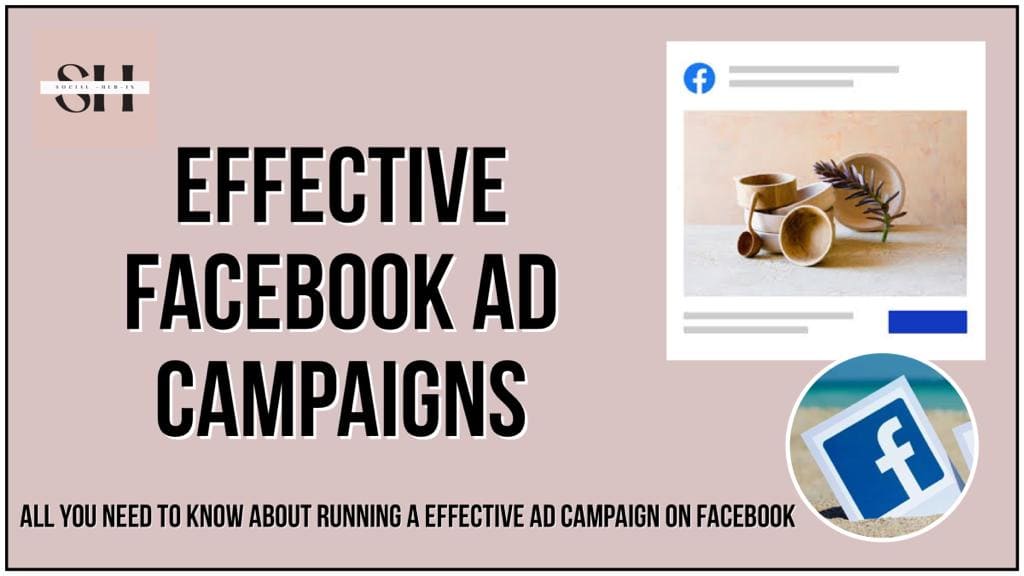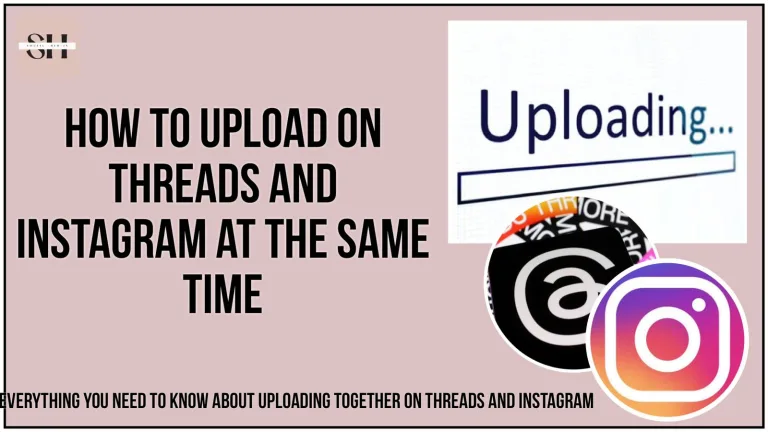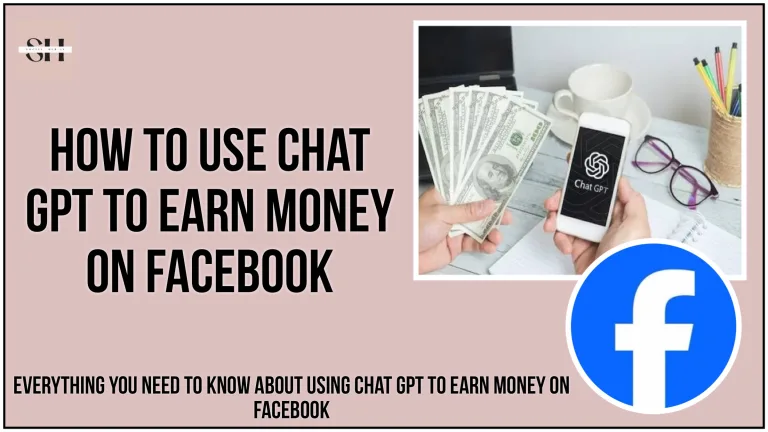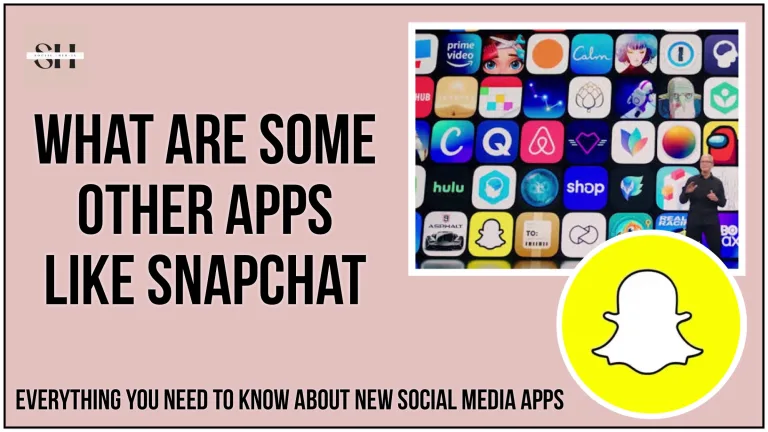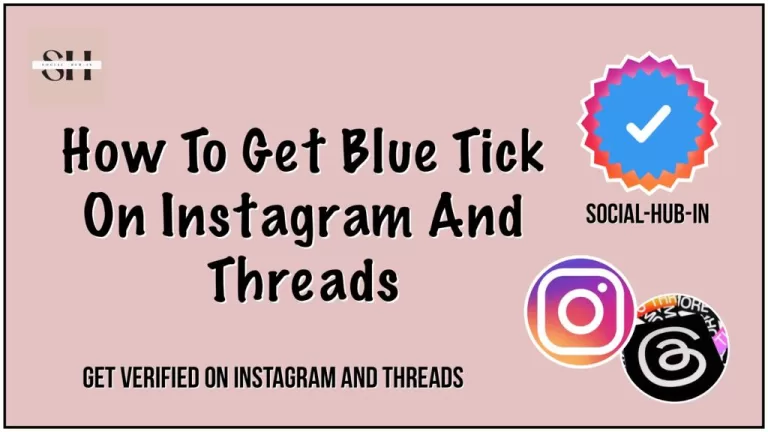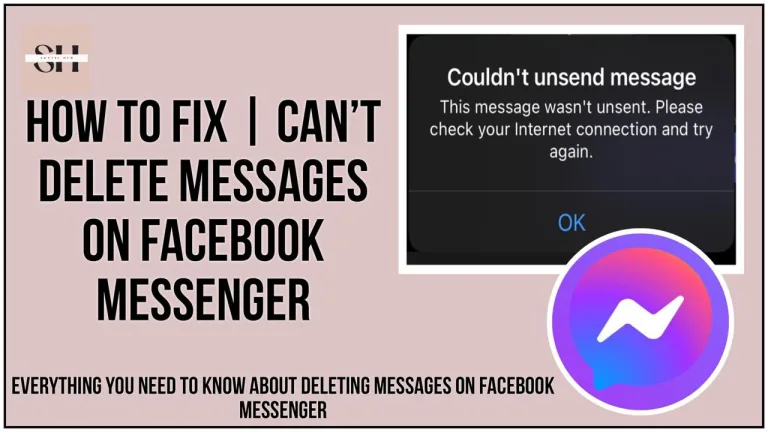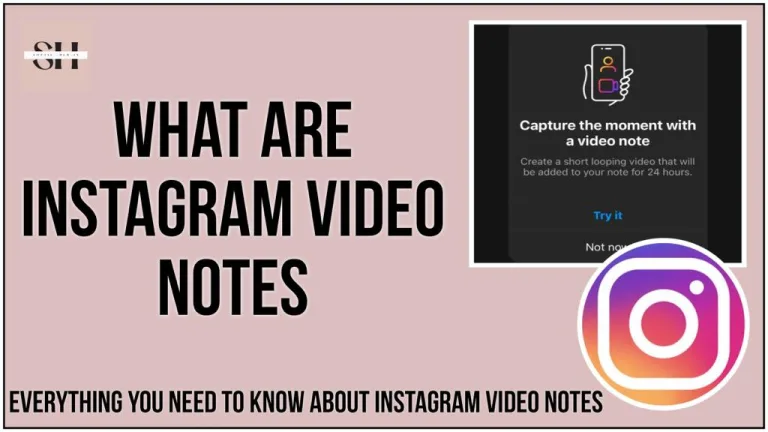Discovering Facebook advertising is crucial in digital marketing today. Creating effective campaigns means blending precision and creativity. Facebook’s vast reach offers a unique way to connect with your audience unlike traditional ads.
It’s about more than just reaching people; it’s about getting their attention, sparking interest, and getting them to act. This guide explores successful strategies and creative tips to help your brand thrive online with Facebook advertising.
From defining your objectives to mastering the art of compelling ad copy, we’ll unravel the secrets to holding your audience captive until the very end, making your campaigns not just effective but unforgettable. Welcome to the world of Facebook advertising excellence, where your brand’s success story begins.
Facebook Ads Inspiration
Competitor Ads
Analyzing competitor ads can provide valuable insights into various aspects of advertising, including design elements, ad copy, and targeting strategies. By examining ads run by competitors in your industry, you can gain an understanding of what resonates with your target audience and identify opportunities for improvement in your own campaigns. However, it’s important to avoid directly copying competitor ads and instead use them as inspiration to develop unique and compelling content that sets your brand apart.
Facebook Ad Library
The Facebook Ad Library is a powerful tool that allows you to explore live ads running on the platform. You can search for ads by keyword, advertiser, or topic, and view detailed information about each ad, including ad format, messaging style, and creative elements. This can help you stay updated on the latest advertising trends, identify successful ad strategies, and gather inspiration for your own campaigns.
Social Media
While Facebook is a popular advertising platform, it’s essential to look beyond it and explore other social media platforms like Instagram, Twitter, and Pinterest for creative ad ideas. Each platform has its unique features and audience demographics, so analyzing ads on these platforms can provide fresh perspectives and inspiration for your Facebook ads. Pay attention to the type of content that performs well on each platform and adapt your strategies accordingly.
Magazines and Print
Traditional advertising channels like magazines and print media can also serve as sources of inspiration for Facebook ads. These mediums often excel in concise messaging and captivating visuals, making them valuable references for developing eye-catching ad creatives. Look for ads that effectively communicate their message within limited space and incorporate compelling imagery to capture attention.
Customer Feedback
Listening to your customers’ comments and feedback can provide valuable insights into their needs, preferences, and pain points. Pay attention to the feedback you receive through social media, customer surveys, and direct communication channels, and use this information to inform your ad strategies. Tailoring your ads to address customer concerns and interests can help you create more relevant and engaging campaigns that resonate with your target audience.
Seasonal Events
Creating timely campaigns that align with holidays, special events, and trending topics can make your ads more relevant and engaging to your audience. Seasonal ads capitalize on the festive spirit and can help your brand stand out during key moments throughout the year. Whether it’s Valentine’s Day, Halloween, or back-to-school season, leveraging seasonal events in your ad campaigns can increase their effectiveness and drive engagement.
Video Platforms
Video ads have become increasingly popular on social media platforms, including Facebook. Studying successful video ads on platforms like YouTube can provide valuable insights into storytelling techniques, visual effects, and engagement strategies. Pay attention to how these ads capture attention, evoke emotion, and convey their message effectively through video format, and apply these learnings to your own video ad campaigns on Facebook.
Creative Agencies
Professional creative agencies are experts in developing compelling ad creatives that resonate with target audiences. Analyzing their work can provide valuable inspiration for your own ad campaigns, even if you’re working with a smaller budget. Look for agencies that specialize in your industry or target demographic and study their design and messaging strategies to identify best practices and creative ideas that you can adapt for your own brand.
Inspiration Websites
Design-focused platforms like Behance and Dribbble showcase a wealth of creative ideas and projects across various industries. These websites are treasure troves of inspiration for ad creatives, especially in visual design. Explore the latest trends, innovative design concepts, and creative executions on these platforms to spark new ideas and elevate the visual appeal of your Facebook ads.
A/B Testing
A/B testing is a crucial component of any successful advertising strategy. By continuously experimenting with different ad elements and strategies, you can determine what resonates best with your audience and optimize your campaigns for maximum effectiveness. Test variations in ad copy, imagery, targeting parameters, and calls-to-action to identify the most impactful combinations and refine your ad strategy over time.
Facebook Ad Targeting For Effective Facebook Advertising Campaigns
Facebook ad targeting refers to the process of selecting specific criteria or parameters to define the audience you want your Facebook ads to reach. This strategy allows advertisers to deliver their ads to users who are more likely to be interested in their products or services. Facebook offers a wide range of targeting options, including:
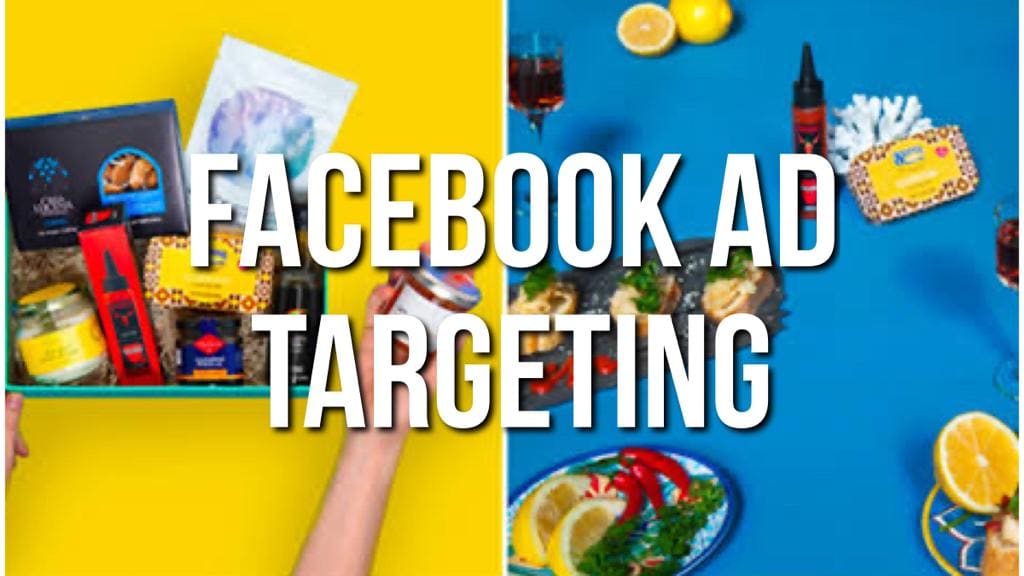
Demographics:
Advertisers can refine their audience based on demographic characteristics such as age, gender, location, education level, job title, and more. This precision ensures that ads are visible to individuals who match specific demographic profiles.
Interests and Behavior:
Harnessing data on users’ interests, hobbies, and online behavior, advertisers can tailor their targeting to specific niches. Whether it’s outdoor activities or brand affinity, this approach reaches users with relevant interests.
Custom Audiences:
Adopting a personalized approach, advertisers can upload lists of existing customers or website visitors to create custom audiences. This method ensures that ads reach individuals already familiar with the brand.
Lookalike Audiences:
Building on existing customer characteristics, advertisers can create lookalike audiences. Facebook targets users who share attributes similar to the original audience, broadening the reach to potential new customers.
Location:
For local businesses, advertisers can target users based on their specific location—ranging from a single city to an entire country. This geotargeting approach is invaluable for businesses focusing on a specific geographical area.
Device and Connection Type:
Ads can be optimized for specific devices (e.g., mobile or desktop) and connection types (e.g., Wi-Fi or mobile data), ensuring a tailored viewing experience for users.
Life Events:
Targeting based on major life events, such as engagements, weddings, new parenthood, or upcoming birthdays, allows advertisers to connect with users during significant moments in their lives.
Remarketing:
Re-engage users who have previously interacted with a website or app by showing them targeted ads. This strategy encourages users to take further actions, capitalizing on their previous interest.
Facebook Page Engagement:
Target users who have engaged with a Facebook Page, including liking, commenting, or sharing posts. This method reaches an audience already familiar with and interested in the brand.
Affinity Audiences:
Create audiences based on users’ interests, behaviors, and activities across Facebook, Instagram, and other Facebook-owned platforms. This comprehensive approach captures users based on their digital footprint.
Detailed Targeting:
Adopting a granular approach, advertisers can combine various targeting options to create highly specific audiences. For example, targeting “people aged 25-34, living in New York City, interested in outdoor sports, and who are dog owners” for precision targeting.
Effective Facebook ad targeting is crucial for maximizing the efficiency and impact of ad campaigns. It ensures that ads are shown to the most relevant and receptive audiences, which can lead to higher engagement, click-through rates, and conversions.
Facebook Ad Analytic And Budgeting
Facebook Ad Analytics and Budgeting are essential components of successful Facebook advertising campaigns. Let’s break down each concept:
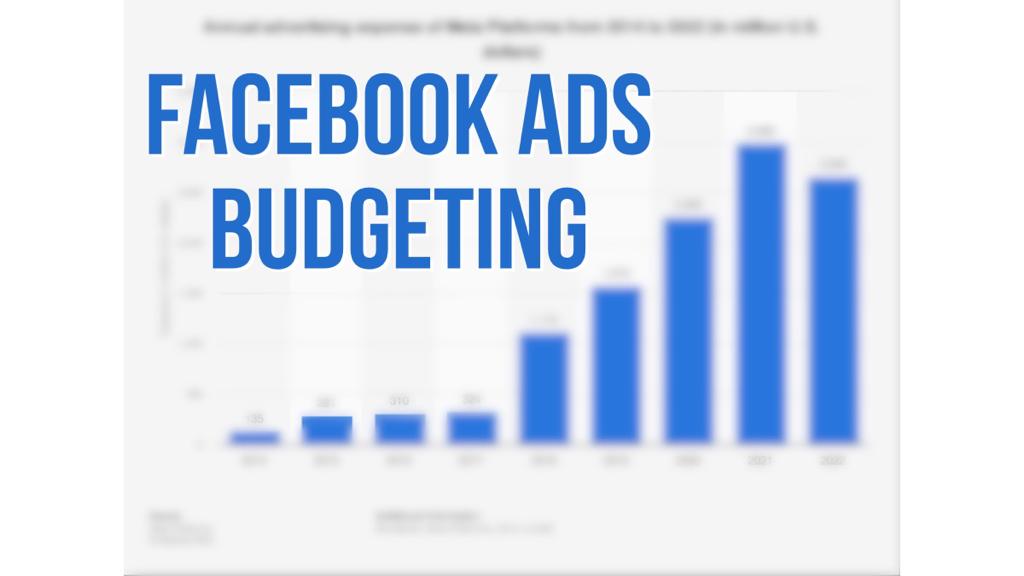
Facebook Ad Analytics:
- Performance Metrics: Facebook Ad Analytics provides a wealth of data on how your ads are performing. This includes key metrics like click-through rate (CTR), conversion rate, reach, impressions, engagement, and more. These metrics allow you to evaluate the effectiveness of your ad campaigns.
- Audience Insights: You can gain insights into the demographics, interests, and behaviors of the people engaging with your ads. This information helps you understand your audience better and refine your targeting for future campaigns.
- Conversion Tracking: Facebook allows you to set up conversion tracking to measure actions taken on your website after someone clicks on your ad. This helps you understand the ROI (Return on Investment) of your campaigns.
- A/B Testing: You can use Facebook Ad Analytics to run A/B tests, which involve creating variations of your ad to see which performs better. This iterative process helps you optimize your ad creatives, targeting, and messaging.
- Custom Reports: Facebook’s reporting tools enable you to create custom reports tailored to your specific goals and key performance indicators (KPIs). This flexibility allows you to focus on the data that matters most to your business.
Budgeting:
- Daily or Lifetime Budget: Facebook offers the flexibility to set a daily budget (the amount you’re willing to spend per day) or a lifetime budget (the total amount you’re willing to spend over the lifetime of the ad campaign).
- Bid Strategy: You can choose between automatic or manual bidding. Automatic bidding allows Facebook to optimize your bid for your campaign’s objective, while manual bidding gives you more control over the bid amount.
- Scheduling: You can set specific start and end dates for your campaigns, and you can also schedule the times of day or days of the week when your ads will be shown. This is especially useful if you want to target specific time zones or days with higher user activity.
- Ad Scheduling: Facebook enables you to set ad scheduling, which determines when your ads will appear during the day or week. This is useful for ensuring that your ads are shown when your target audience is most active.
- Budget Optimization: Facebook offers budget optimization, which allows you to allocate your budget across different ad sets within a campaign. This optimization helps ensure that the best-performing ad sets receive a larger portion of your budget.
- Ad Delivery: You can choose between standard ad delivery (ads are shown evenly over the campaign duration) or accelerated ad delivery (ads are shown as quickly as possible). The choice depends on your campaign goals and budget strategy.
Effective budgeting and continuous analysis of Facebook Ad Analytics data are essential for optimizing your ad campaigns, reaching your target audience, and achieving your advertising goals. It’s a dynamic process that allows you to refine your strategies over time for better results.
Learn About Facebook Ad Conversion
A Facebook ad conversion refers to a specific action taken by a user in response to a Facebook advertisement. This action is typically a desired goal or outcome that aligns with the objectives of the advertising campaign. Conversions can vary depending on the campaign’s purpose and the advertiser’s goals, but common examples include:
Website Conversions:
A user clicks on the ad and completes a specific action on the advertiser’s website—such as making a purchase, signing up for a newsletter, filling out a contact form, or downloading an app. The Facebook Pixel is often used for tracking and measuring these website conversions.
App Installations:
In mobile app promotion campaigns, a conversion is counted when a user clicks on the ad and installs the advertised mobile app. Advertisers can track and measure app installations through Facebook’s ad platform.
Lead Generation:
Campaigns focused on generating leads count a conversion when a user provides their contact information (e.g., email address or phone number) through a lead generation form on Facebook.
Video Views:
For video ad campaigns, a conversion may be counted when a user views a specific percentage of the video or takes an action, such as clicking on a link or a call-to-action button within the video.
Event Responses:
In event promotion campaigns, a conversion occurs when a user responds to an event ad by indicating they are “Interested” or “Going” to the event.
Messenger Conversations:
With messenger ad campaigns, a conversion involves a user initiating a conversation with the business through the Facebook Messenger platform.
Page Likes:
For campaigns aiming to increase page likes, a conversion is counted when a user clicks the “Like” button on the advertiser’s Facebook Page.
Product Catalog Sales:
E-commerce businesses may count a conversion when a user makes a purchase directly from a product catalog shown in the ad, often utilizing Facebook’s dynamic ads.
Store Visits:
For businesses with physical locations, a conversion is recorded when a user clicks on an ad and subsequently visits the advertiser’s physical store. This is typically tracked through location services on mobile devices.
Facebook ad conversions are a key performance indicator (KPI) that advertisers use to assess the effectiveness of their campaigns. Advertisers can set specific conversion goals, track them using Facebook’s tracking tools, and optimize their ads to maximize the number of conversions. Understanding which actions are most valuable to their business helps advertisers tailor their campaigns and budget allocation for the best results.
FAQs On Effective Facebook Advertising Campaigns
1. What is Facebook advertising, and why is it important for businesses?
- Facebook advertising is a digital marketing strategy that involves creating and promoting ads on the Facebook platform. It’s important for businesses because it offers a powerful way to reach a large and diverse audience, increase brand awareness, drive website traffic, and generate leads or sales.
2. How do I get started with Facebook advertising?
- To get started with Facebook advertising, you need to create a Facebook Business Manager account, set up an advertising account, and create your first ad campaign. You can then define your target audience, ad format, and budget to start running ads.
3. What are the different types of Facebook ad formats available?
- Facebook offers various ad formats, including image ads, video ads, carousel ads, slideshow ads, lead generation ads, messenger ads, and more. Each format is suitable for different marketing goals and content types.
4. How does Facebook ad targeting work?
- Facebook ad targeting allows you to specify the characteristics of your desired audience. You can target based on demographics, interests, behaviors, location, and even create custom and lookalike audiences. Effective targeting ensures your ads reach the right people.
5. What is the Facebook Pixel, and how does it help with ad tracking and conversions?
- The Facebook Pixel is a piece of code that you place on your website. It helps track user interactions and website conversions triggered by your Facebook ads. It provides valuable data for measuring ad performance and optimizing campaigns.
6. How can I measure the success of my Facebook advertising campaigns?
- You can measure campaign success through various metrics, including click-through rate (CTR), conversion rate, reach, engagement, return on ad spend (ROAS), and more. These metrics provide insights into the effectiveness of your campaigns and help you make data-driven decisions.
7. What is A/B testing in Facebook advertising, and why is it important?
- A/B testing involves creating variations of your ads to compare their performance. It’s important because it helps you identify which ad elements (e.g., ad copy, visuals, audience targeting) are most effective and allows you to optimize your campaigns for better results.
8. How do I set a budget for my Facebook advertising campaigns?
- You can set a budget based on your advertising goals and financial resources. Facebook offers options for daily or lifetime budgets, and you can also set bid strategies. It’s important to align your budget with your campaign objectives.
9. What are the best practices for creating effective Facebook ads?
- Effective Facebook ads are visually appealing, have concise and compelling ad copy, a clear call-to-action, and are relevant to the target audience. They should also align with your campaign goals and be optimized for mobile devices.
10. What is the difference between organic and paid reach on Facebook?
- Organic reach refers to the number of people who see your content without paid promotion, while paid reach is the number of people who see your content as a result of paid advertising. Paid reach allows you to extend your content’s visibility to a larger audience.
Conclusion
In conclusion, Facebook advertising is a dynamic and potent tool for businesses and marketers seeking to expand their digital presence and engage with a vast and diverse audience.
Facebook offers many ways to advertise to help your business, from reaching more people to getting them to buy your products. To succeed, create good ads, target the right people, and use your budget wisely. Check how your ads are doing regularly and try different ideas to improve them.
Using Facebook’s tools helps you see what works and adjust your ads to meet your goals, like getting more website visits or selling more. Facebook lets you connect with people worldwide and build strong relationships with customers. Stay updated, try new things, and listen to what your customers want to make the most of Facebook advertising and grow your business online.
About The Author

Position: Team Lead (Content Writers).
Saboor has been employed as editors head at Socialhubin for years, authoring articles centered around new discoveries, latest news, and advance methods to learn. Additionally, he pens articles pertaining to Instagram, Facebook, TikTok, Snapchat, and Twitter. Almost all social media Platforms, During his leisure time, Saboor delights in reading, traveling, and researching new features In social media.

